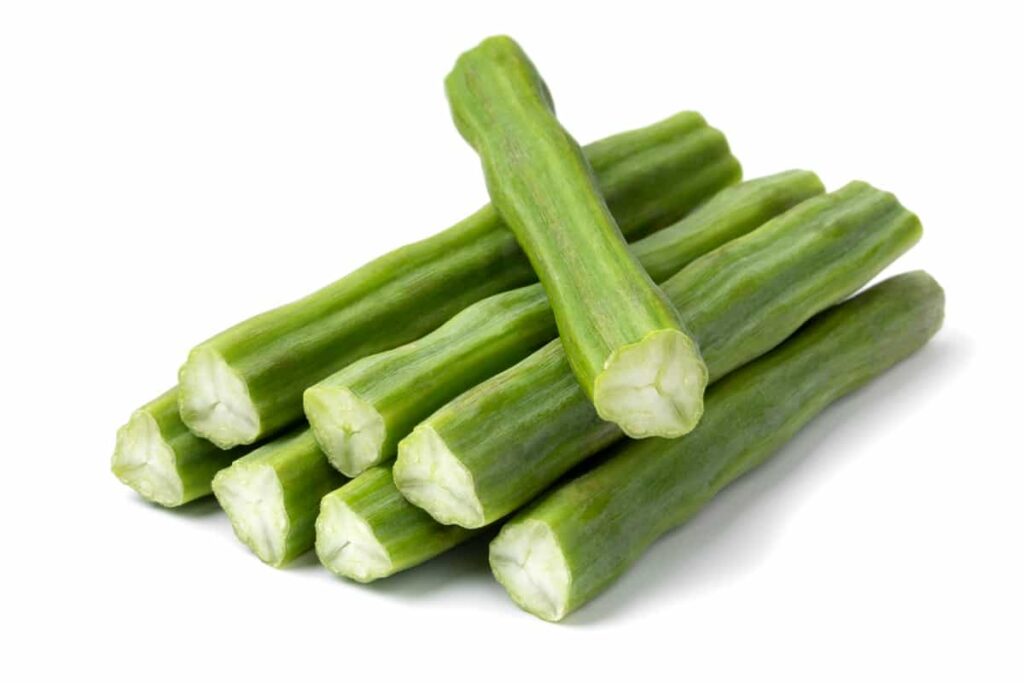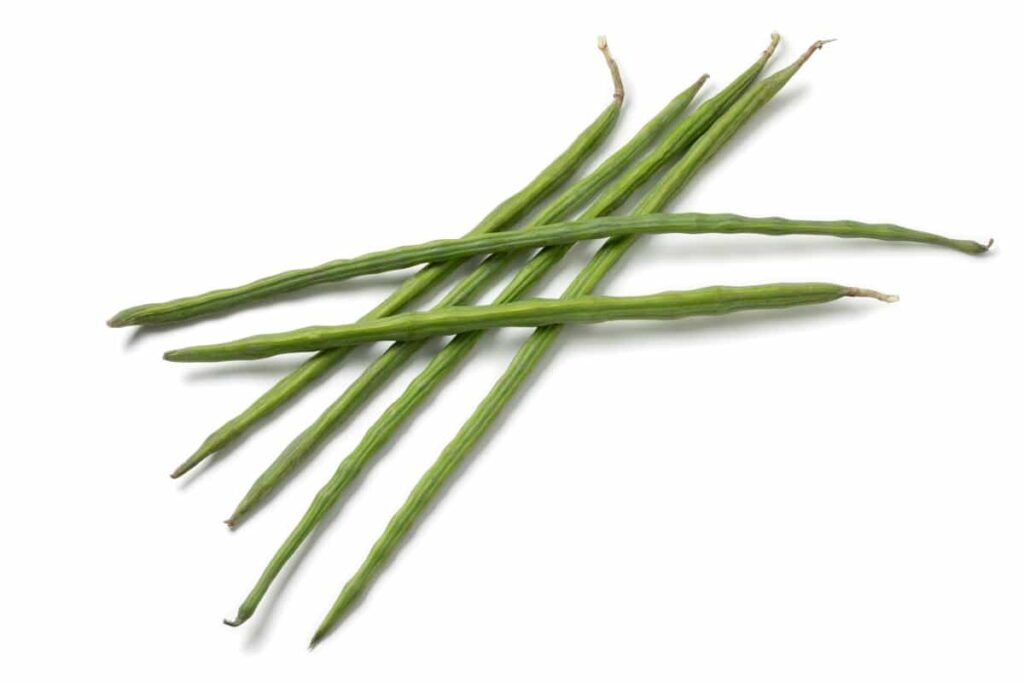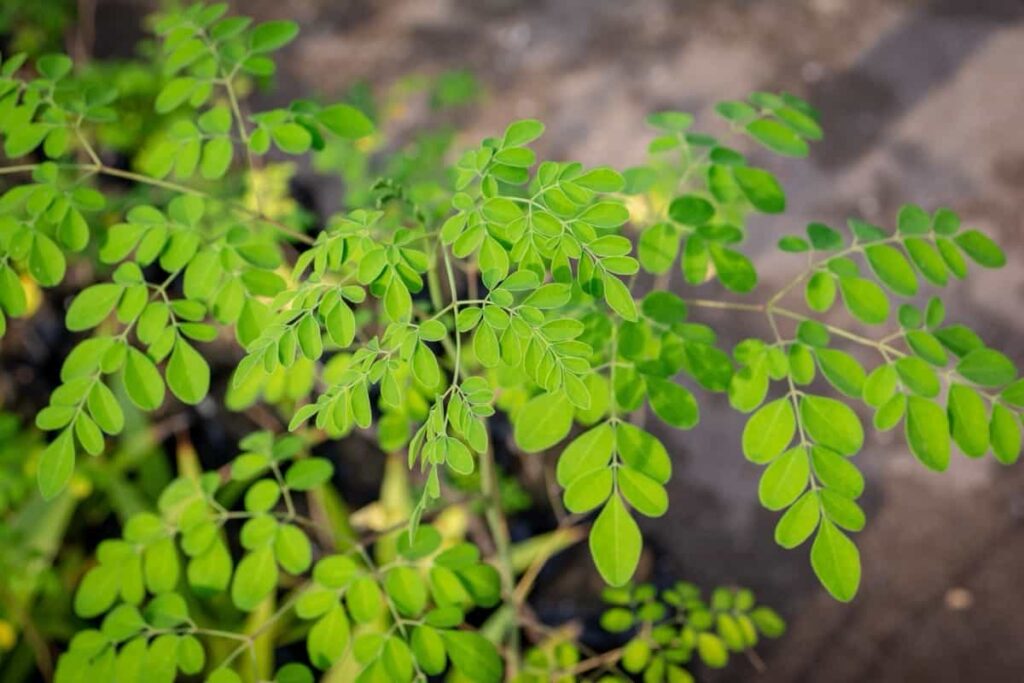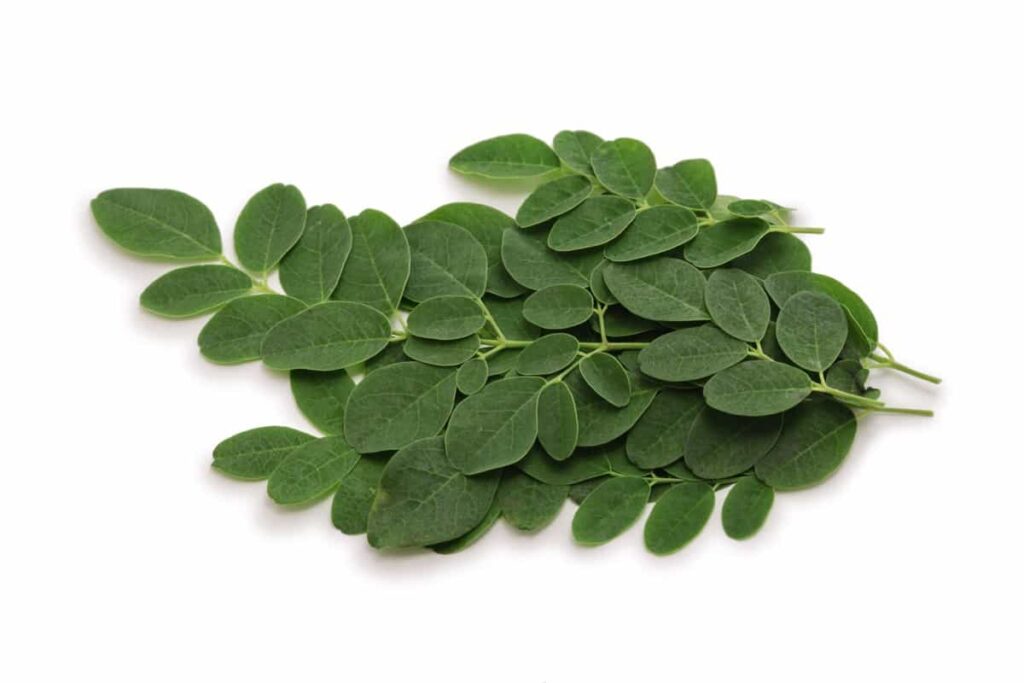Malunggay, commonly known as Moringa oleifera, is a versatile and highly nutritious plant that has been gaining popularity in recent years. Malunggay farming in the Philippines offers a multitude of benefits, making it an attractive venture for farmers and entrepreneurs. Malunggay farming holds immense significance in the agricultural landscape of the Philippines.

Overview of Malunggay Farming in the Philippines
Malunggay is a versatile tree that has been popular in the Philippines due to its numerous benefits. In recent years, Malunggay farming has become an important agricultural activity in the country. Organic Malunggay farming in the Philippines is gaining popularity as an attractive venture for individuals seeking to contribute towards healthier food production while also reaping financial benefits.
The favorable climate conditions in the Philippines make it an ideal location for growing Malunggay. With proper care, farmers can expect significant yields from this crop. Additionally, Malunggay trees are relatively low-maintenance compared to other crops.
Commercial Malunggay Varieties in the Philippines
One popular Malunggay variety in the Philippines is the PKM1, which is known for its high yield and fast growth rate. Another commonly grown variety is the PKM2, which also boasts high yields and good resistance to pests and diseases. For those looking for a smaller-sized tree suitable for backyard or urban farming, the Mestizo variety may be an ideal choice.
The ODC3 variety is well-regarded for its superior nutritional content, making it highly sought after by health-conscious consumers. Choosing the right commercial Malunggay variety in the Philippines depends on factors such as market demand, growing conditions in your area, intended use (leaves vs. pods), and personal preferences as a farmer.
Soil Preparation and Fertilization for Malunggay Farming
Before planting your Moringa trees, the soil must be adequately prepared and enriched with nutrients. Start by clearing the land of any debris or weeds. This will create a clean and fertile space for your Malunggay trees to thrive. Next, loosen up the soil using a tiller or hoe, making sure to break up any clumps and create a fine texture.
Organic matter can be added to enhance the fertility of the soil. When applying fertilizers for Malunggay farming, it’s important to follow recommended rates based on local agricultural guidelines. Over-fertilization can affect nutrient imbalances and environmental pollution, while under-fertilization may hinder optimal tree growth.
Step-by-Step Instructions for Planting and Growing Moringa (Malunggay)
- Choosing the Right Location – Select a sunny spot for your Malunggay farm, as Moringa thrives in full sunlight.
- Preparing the Soil – Before planting, loosen up the soil and remove any weeds or debris. Incorporate organic matter to enrich the soil with nutrients.
- Obtaining Seeds or Cuttings – Obtain high-quality Moringa seeds or cuttings from reputable suppliers. When using seeds, soak them overnight in warm water to enhance germination rates before planting.
- Planting and Spacing – Plant your Moringa seeds about an inch deep into the prepared soil, spacing them at least six feet apart in rows. If you’re using cuttings instead of seeds, plant them directly into the ground at a depth of around two feet.
- Watering and Mulching – Water your newly planted Moringa trees regularly during their first few weeks until they establish strong root systems. Apply mulch around each tree to retain moisture and suppress weed growth.
- Pruning – Prune your moringa trees regularly to promote bushier growth and maintain manageable heights for easier harvesting.
- Pest control – Monitor your trees regularly for any signs of pest infestation or disease development.
In case you missed it: Upo Farming in the Philippines: Analysis of Bottle Gourd Cultivation in Filipino Climate

Propagation and Planting Techniques for Malunggay Trees
When it comes to propagating Malunggay with seeds, it is essential to select clean, good-quality seeds from healthy parent trees. The seeds should be soaked in water for 24 hours before sowing them in soil or seed trays. It’s important to keep the soil moist during germination. Another method is through stem cuttings. Select mature branches with a diameter of at least one inch and remove any leaves from the bottom half. Dip the cut end into hormone powder and plant it directly into prepared soil or pots filled with a sand and compost mixture.
Air layering is an effective technique for propagating Malunggay as well. This method involves making a ring-shaped incision around a branch, applying rooting hormone, wrapping it with damp moss or plastic wrap, and securing it tightly until roots develop. A sustainable Malunggay plantation in the Philippines involves adopting environmentally friendly techniques such as organic fertilization, integrated pest management, and water conservation methods.
After propagation, proper planting techniques ensure optimal growth. Dig planting holes that are twice as wide as the root ball when transplanting seedlings or rooted cuttings. Place them carefully in the hole while ensuring that they are upright and backfilled with fertile soil mixed with organic matter. Mulching around the base helps retain moisture while suppressing weed growth.
Pest and Disease Management in Malunggay Farming
As with any crop, Malunggay trees are susceptible to several pests and diseases that can impact their growth and productivity. One common pest that affects Malunggay trees is aphids. These insects feed on the sap of the leaves, causing them to turn yellow. To control aphid infestations, farmers can use organic insecticides or introduce natural predators like ladybugs. Another pest of concern for Malunggay farmers is the spider mite.
Regular monitoring for spider mites is essential, as early detection allows for timely intervention using appropriate miticides. In terms of diseases, root rot caused by fungal pathogens can pose a threat to Malunggay trees. Good soil drainage and proper watering practices are crucial in preventing root rot. Leaf spot diseases also affect Malunggay leaves, resulting in brown spots or lesions.
Fungal infections are often responsible for these leaf spots. Crop rotation and regular pruning can help reduce the incidence of leaf spot diseases. Implementing IPM (integrated pest management) strategies such as regular monitoring, proper sanitation practices, cultural controls, biological controls, and targeted pesticide applications, when necessary, can effectively manage pests and diseases in Malunggay farming operations.
Harvesting and Post-Harvest Handling of Malunggay
Once the trees reach maturity, which typically takes around six months after planting, they can start producing an abundance of pods and leaves. When it comes to harvesting Malunggay pods, timing is essential. The ideal time to harvest Malunggay is when they are still green but slightly matured.
To harvest the pods, use pruning shears or a sharp knife to cut them from the tree’s branches. After harvesting, it’s vital to handle the harvested produce with care to maintain its quality and freshness. For post-harvest storage, place the cleaned pods in a well-ventilated container or bag lined with paper towels. Keep the containers in a cool and dry area away from direct sunlight. If you plan on selling your Malunggay leaves, proper drying techniques are necessary for long-term preservation.
In case you missed it: Watermelon Farming in the Philippines: How to Plant and Grow for Profits

Yield of Malunggay (Moringa)
Mature Trees – Under optimal conditions, a single mature tree can bear anywhere between 400 to 600 pods per year. Assuming an average density of around 400 trees per acre, this means that your farm could potentially yield a staggering amount of approximately 160,000 to 240,000 pods annually.
Leaves – The leaves of Malunggay are just as valuable as its pods. A well-tended tree can produce about 4 to 6 kilograms of leaves each year. With a density of 400 trees per acre, this translates to approximately 1,600 to 2,400 kilograms per acre annually.
The yield potential of mature Malunggay trees and their leaves can be influenced by various factors such as soil quality, climate conditions, pest control measures, and proper pruning techniques.
Malunggay Farming Cost
The total average cost of establishing and operating a Malunggay farm in the Philippines varies depending on various factors like location and scale of operation. The total cost of Malunggay farming per acre in the Philippines can be roughly estimated to be around ₱50,000 to ₱100,000. This includes expenses for land preparation, seedlings or seeds, fertilizers, and pesticides (if needed), labor costs for planting and maintenance activities, irrigation systems or water source setup, and other miscellaneous expenses.
Malunggay Farming Profit
The profit from Malunggay farming per acre in the Philippines can range from ₱100,000 to ₱200,000 annually. This estimate takes into consideration several aspects, such as yield and market demand. With a well-established and properly managed farm, farmers have the opportunity to generate substantial income. The key factor in maximizing profits lies in understanding market trends and consumer demand for Malunggay products.
In case you missed it: Carrot Farming in the Philippines: How to Plant and Grow Carrots for Profit in the Philippines Climate

Conclusion
Malunggay farming holds immense importance in the Philippines, not only for its economic benefits but also for its contribution to food security and nutrition. The Philippines government has recognized the immense potential of Malunggay farming and has actively supported its cultivation across the country.
- Profitable Village Farming Business Ideas in 2024
- High-Yield Aquaculture: Fast-Growing Fish for Farming
- Effective Fish Pond Construction Techniques for Beginners
- Irrigation and Water Management in Pineapple Farming
- Blossom to Harvest: Mastering Flowering and Pollination in Papaya Farming
- Pig Fattening Essentials: From Selection to Sale for Beginners
- Raising Wagyu Cattle: A Complete Guide for Premium Beef Production
- Soil Types and Their Water Holding Capacity
- Optimizing Irrigation Schedules for Coconut Groves for Enhanced Yield
